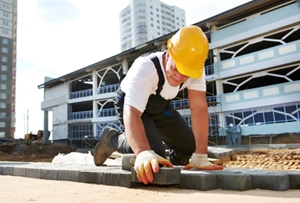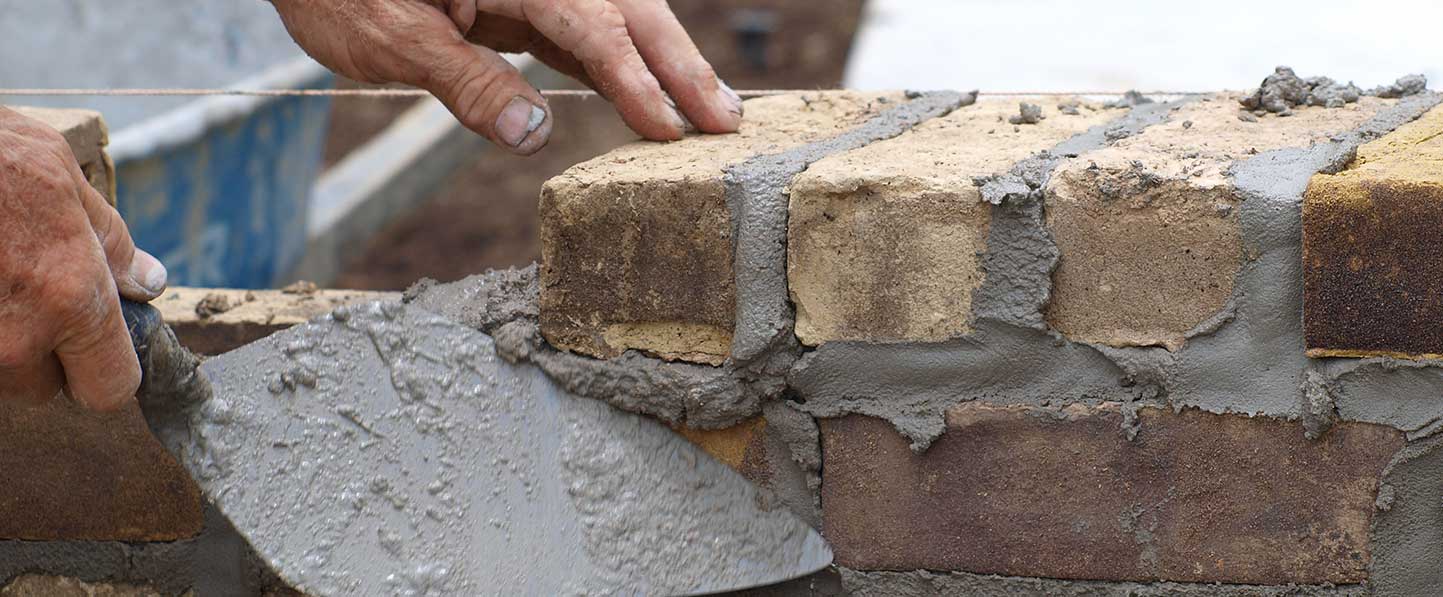Trustworthy Chimney Services: Upkeep and Service Done Right
Trustworthy Chimney Services: Upkeep and Service Done Right
Blog Article
Unlocking the Keys of Sustainable Masonry Building Practices for Eco-Friendly Structures
Amongst the myriad approaches to eco-friendly structure, lasting stonework building stands out as a tried and true and long lasting approach that holds a wide range of untapped potential. From the option of products to ingenious construction techniques, the keys to achieving sustainability within stonework building and construction are diverse and appealing.
Advantages of Sustainable Stonework Building And Construction
Welcoming lasting masonry building and construction practices not only lowers environmental effect yet also provides lasting financial benefits to home builders and areas. By making use of materials like recycled bricks, obstructs, and rocks, building contractors can substantially lower the carbon impact of their projects while promoting source performance. In addition, sustainable masonry building methods, such as appropriate insulation and thermal mass residential properties, can enhance energy efficiency within buildings, resulting in decreased operational expenses gradually.
In addition, the toughness and strength of stonework frameworks add to lasting financial advantages. Buildings built using sustainable masonry techniques frequently require less repair and maintenance, translating to cost financial savings for building contractors and homeowner. The longevity of masonry materials likewise guarantees that structures stay stable and safe and secure, reducing the demand for frequent restorations or replacements.
Eco-Friendly Masonry Materials
Using environmentally friendly stonework materials is an essential step in the direction of improving the sustainability of construction techniques and lessening environmental impact while making the most of long-lasting financial advantages. Lasting masonry materials are sourced, produced, and used in a fashion that reduces general ecological effect. Lasting concrete obstructs incorporate recycled aggregates and may feature enhanced insulation properties, contributing to energy efficiency in buildings.
Additionally, all-natural materials like adobe, rammed earth, and straw bales supply superb thermal mass properties, decreasing the need for heating and cooling down energy. These materials are commonly in your area offered, promoting regional economic climates and minimizing transportation-related carbon discharges. By choosing eco-friendly stonework products, building jobs can substantially decrease their environmental footprint and add to the production of much healthier, much more sustainable built environments.
Energy-Efficient Stonework Strategies
Power effectiveness plays a critical function in improving the sustainability of masonry construction practices. By implementing energy-efficient stonework strategies, home builders can substantially minimize the general energy intake of a structure, resulting in reduced operational costs and a smaller sized ecological impact. One essential energy-efficient stonework method is using thermal mass, which involves incorporating dense products like concrete or brick into the building's framework to absorb and save warm. This helps manage indoor temperature levels, lowering the requirement for mechanical heating and cooling down systems.

Technologies in Sustainable Masonry
Recent developments in sustainable masonry practices have brought about innovative techniques that are reshaping the construction industry. One such innovation is the development of self-healing concrete, which utilizes microorganisms installed within the concrete to recover cracks autonomously. This development not only decreases maintenance prices yet likewise improves the toughness of stonework structures, adding to their sustainability.
An additional significant advancement is making use marks auto sales of recycled aggregates in stonework building - masonry contractor. By integrating products such as smashed ceramic waste or recycled glass into concrete blends, builders can decrease the environmental impact of building and construction jobs while preserving structural honesty. This practice not only draws away waste from garbage dumps but additionally conserves all-natural resources, making it a key innovation in sustainable stonework construction
In addition, the combination of electronic style devices, such as Building Details Modeling (BIM), is reinventing the way stonework frameworks are prepared and created. BIM enables even more accurate estimations, decreased product waste, and boosted energy performance, inevitably bring about more sustainable building methods. These developments collectively symbolize a promising future for sustainable stonework construction in the age of environmentally friendly structures.
Future Trends in Stonework Sustainability
With the innovative strides made in sustainable stonework practices, the future patterns in stonework sustainability are poised to additional reinvent the construction market. Among the vital trends forming the future of stonework sustainability is the increased integration of innovation. Advancements such as Building Info Modeling (BIM) and digital reality simulations are being utilized to enhance masonry building procedures, bring about reduced material waste and enhanced power performance in structures.
In addition, the development of unique lasting products is more helpful hints readied to play a substantial role in enhancing the eco-friendliness of masonry construction. masonry contractor. Developments like self-healing concrete, recycled aggregates, and bio-based binders are getting grip for their capacity to minimize environmental impact while maintaining structural integrity

Final Thought
In conclusion, lasting masonry building and construction practices use various advantages for green buildings. By making use of eco-friendly products and energy-efficient techniques, stonework can contribute to an extra sustainable developed environment. Technologies in sustainable stonework are continuously being developed to additionally enhance the ecological performance of buildings. Looking in the direction of the future, the pattern of stonework sustainability is expected to expand, resulting in even more ecologically pleasant and energy-efficient construction methods in the years ahead.
Report this page